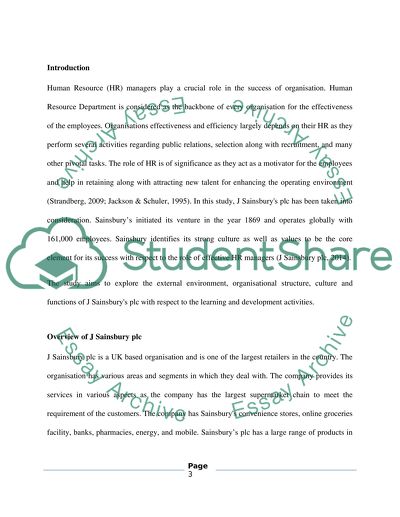Cite this document
(“Understanding Organisations and the Role of Human Resources Assignment”, n.d.)
Retrieved from https://studentshare.org/human-resources/1653722-unit-3hrc-tutor-marked-assignment-tma3hrc-unit
Retrieved from https://studentshare.org/human-resources/1653722-unit-3hrc-tutor-marked-assignment-tma3hrc-unit
(Understanding Organisations and the Role of Human Resources Assignment)
https://studentshare.org/human-resources/1653722-unit-3hrc-tutor-marked-assignment-tma3hrc-unit.
https://studentshare.org/human-resources/1653722-unit-3hrc-tutor-marked-assignment-tma3hrc-unit.
“Understanding Organisations and the Role of Human Resources Assignment”, n.d. https://studentshare.org/human-resources/1653722-unit-3hrc-tutor-marked-assignment-tma3hrc-unit.


